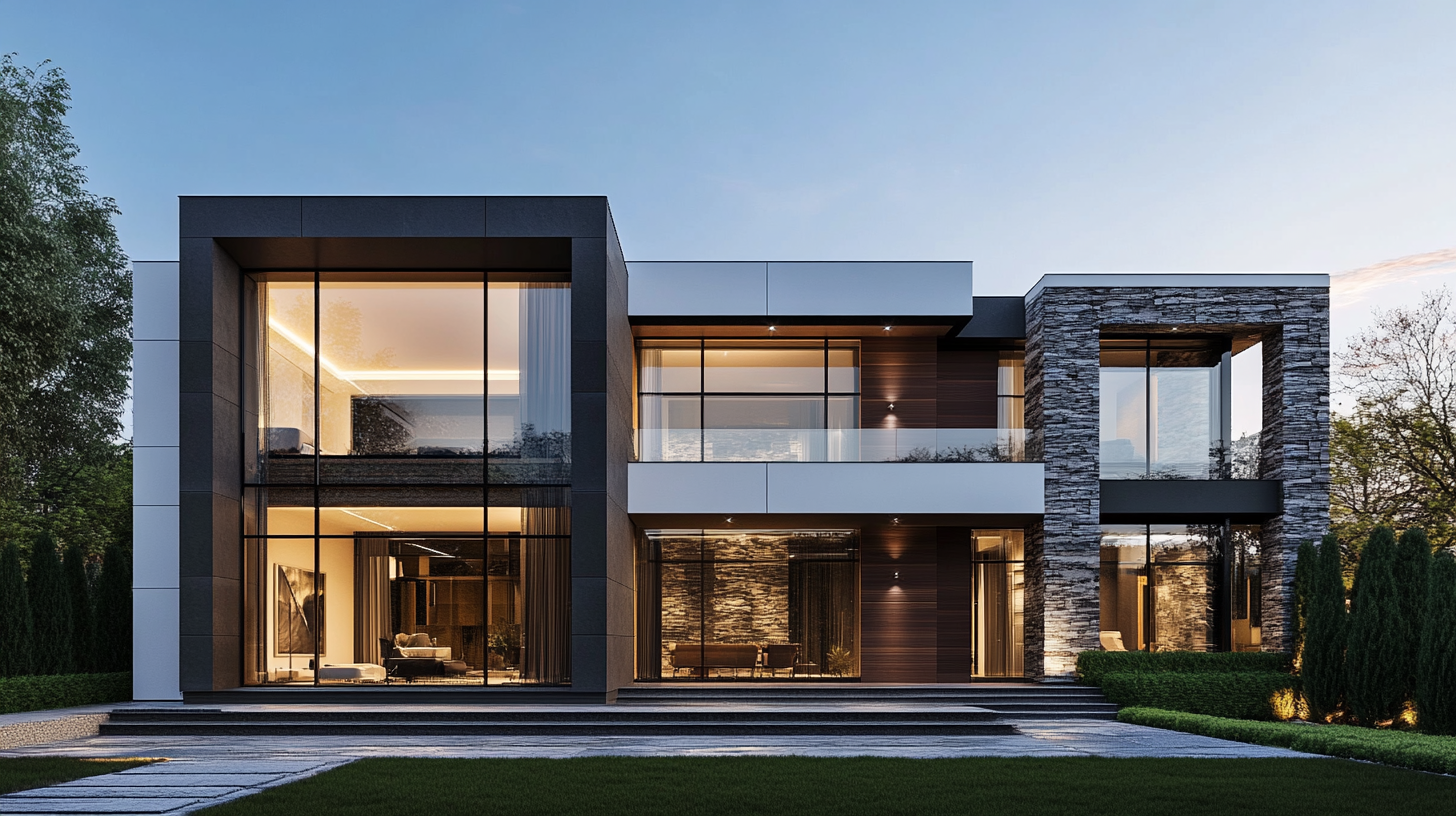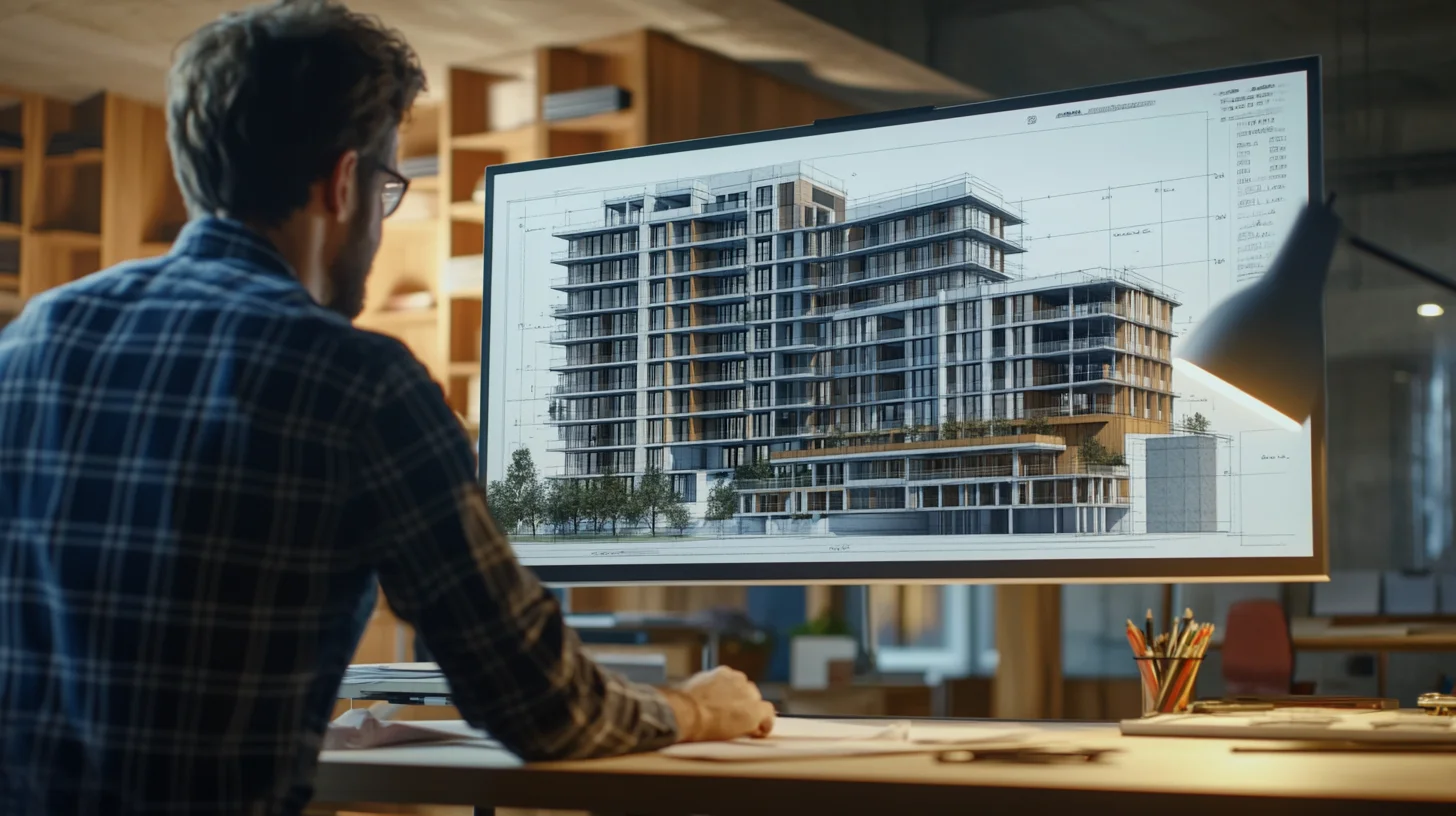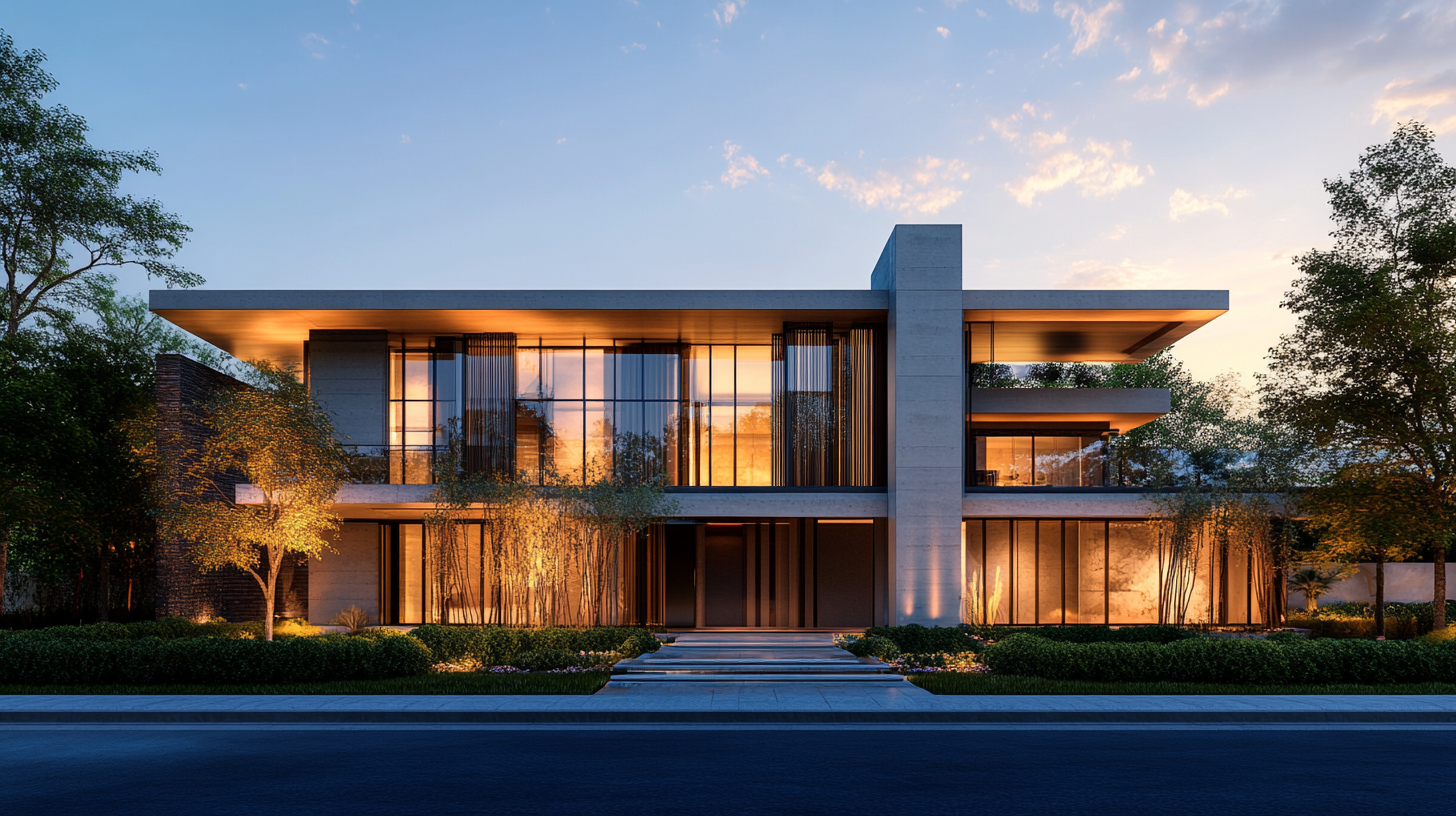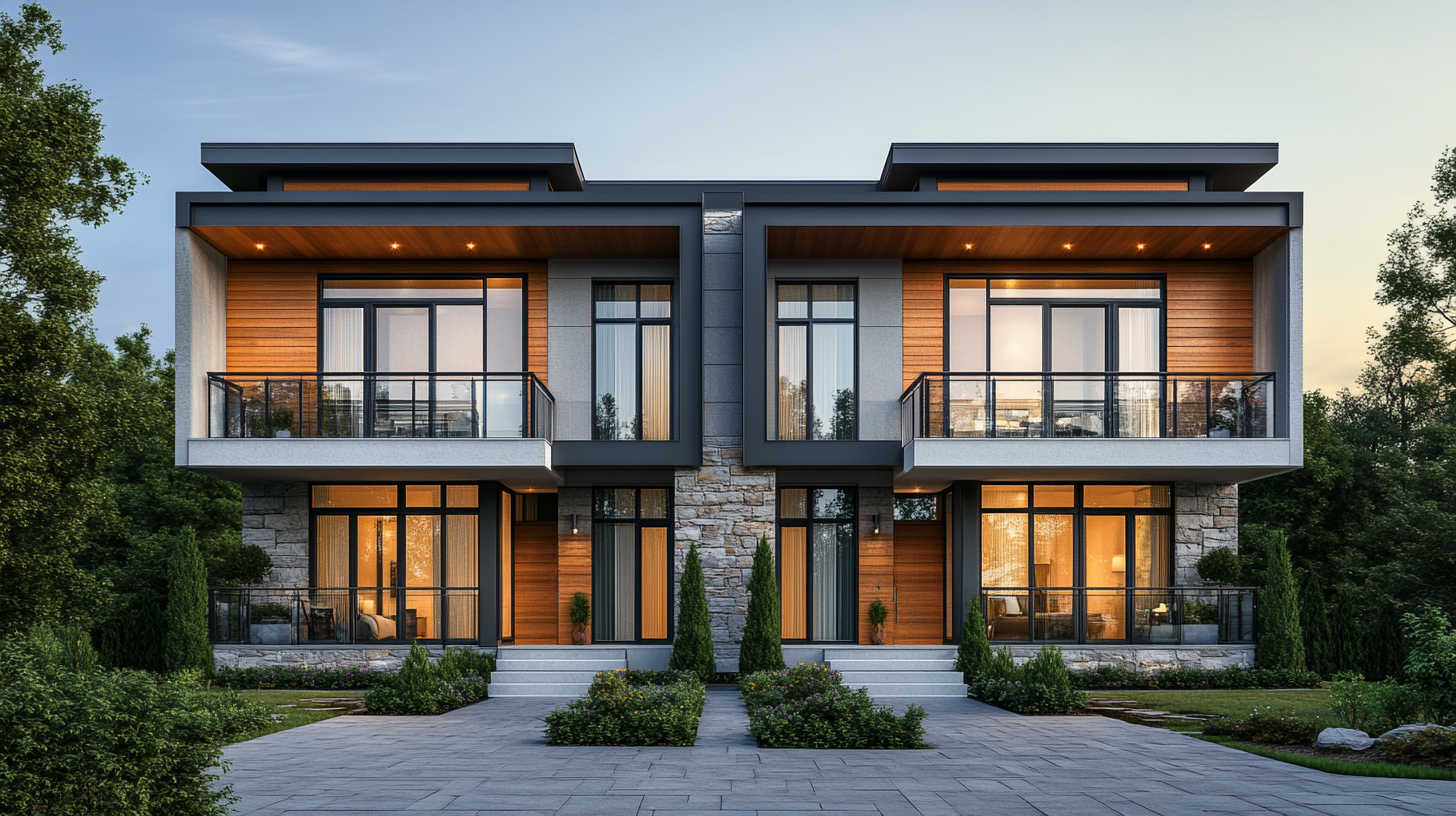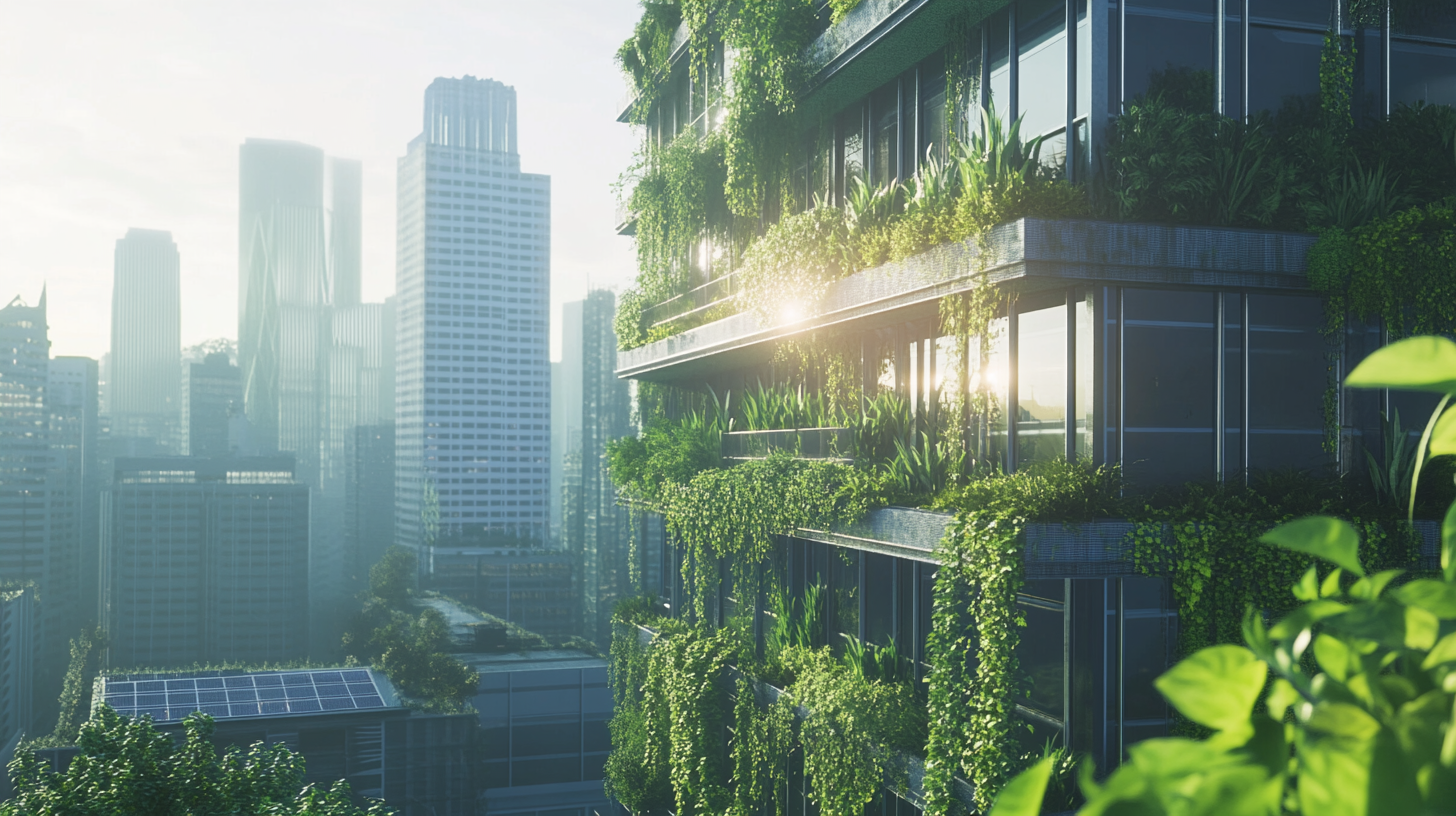
AI-Powered Sustainable Architecture: Smarter Designs for a Greener Tomorrow
The intersection of cutting-edge technology and environmental responsibility is opening a new era of progress, and one of the most exciting developments lies in AI-powered sustainable architecture. As architects, tech enthusiasts, and environmentalists come together to explore smarter solutions to combat climate change and enhance urban living, Artificial Intelligence (AI) is revolutionizing how we design, construct, and maintain buildings. This blog will take you through the convergence of AI and sustainable architecture, showcasing how this partnership is shaping a greener tomorrow.
By the end of this post, you’ll gain insight into AI’s role in eco-friendly design, explore real-life case studies, and understand the benefits and challenges of implementation while glimpsing into the future of this growing trend.
Understanding AI’s Role in Eco-Friendly Design
Artificial Intelligence is more than a buzzword. It’s a game-changing tool that empowers architects and designers to create structures that are as environmentally friendly as they are aesthetically pleasing. Through its data-driven capabilities, AI optimizes every stage of architectural development—from conceptual design to final construction.
Here’s how AI plays a pivotal role in sustainable architecture:
- Energy Optimization: AI systems, using machine learning algorithms, can analyze real-time data to predict and optimize energy usage. For instance, by assessing natural light patterns and weather conditions, AI can guide architects in designing buildings with optimal energy efficiency.
- Material Selection: AI can suggest sustainable construction materials based on lifecycle assessments, ensuring they reduce environmental impact while maintaining structural integrity.
- Design Simulation: AI-powered tools like parametric design software enable architects to simulate and predict a building’s environmental performance. They can test airflow, daylight distribution, and thermal comfort, all before laying the first brick.
- Automated Adjustments: Interior design and architectural models can also leverage AI to make real-time adjustments, adapting to user behavior or environmental changes.
By integrating these capabilities, AI is propelling top architecture companies in Chennai, Boston, Berlin, and beyond to lead the shift toward environmentally conscious design.
Case Studies: AI-Driven Sustainable Building Projects
To truly grasp AI’s innovative potential in architecture, let’s explore some groundbreaking projects around the globe.
1. The Edge, Amsterdam
Often dubbed “the smartest building in the world,” The Edge uses AI to optimize its energy consumption and create a seamless work environment. Through smart data systems that adjust lighting, heating, and cooling based on occupancy, this building generates more energy than it uses.
2. Oceanix City, South Korea
A bold concept leveraging AI, Oceanix City embodies climate resilience with its self-sustaining floating neighborhoods. AI modeling contributed to its design by analyzing wave activity, climate impact, and efficient resource distribution, making it a prime example of eco-conscious urban development.
3. AI-Optimized Housing in India
Closer to home, some top architecture companies in Chennai are utilizing AI to design low-energy housing projects tailored to India’s unique climate conditions. These homes use predictive AI for cooling systems and construction layouts, significantly reducing energy usage without compromising comfort.
These examples underline how the integration of AI in architecture is already helping us build smarter, greener spaces worldwide.
The Benefits of AI-Powered Sustainable Architecture
While the environmental benefits are obvious, the integration of AI in architecture and design delivers a wide array of advantages:
1. Cost Efficiency
AI eliminates inefficiencies by providing highly accurate estimates for material usage and workforce allocation. This helps architects and construction firms save on project costs while maintaining quality.
2. Reduced Waste
Construction is one of the largest contributors to waste worldwide, with an estimated one-third of all waste globally tied to the building industry. Through advanced material prediction and resource optimization, AI plays a crucial role in minimizing waste during construction projects.
3. Optimized Energy Use
Sophisticated AI systems enable dynamic monitoring of a building’s energy demands, ensuring its energy usage remains both efficient and sustainable. Many interior designs now incorporate AI-driven smart systems, allowing building occupants to track and manage energy consumption effortlessly.
4. Enhanced Occupant Comfort
AI considers not only environmental sustainability but also human comfort. Smart systems that adjust lighting, ventilation, and temperature based on individual or group preferences make buildings more pleasant to live and work in.
By addressing both environmental and economic aspects, these benefits ensure that AI-powered sustainable architecture is a step forward for people and the planet.
Challenges and Considerations in Implementation
While the benefits are abundant, implementing AI in sustainable architecture comes with its own set of challenges.
1. Initial Costs
Integrating AI tools into architectural models, interiors, and construction processes can be expensive, particularly for smaller enterprises. Advanced tools like parametric design software or predictive analytics systems may require significant investment in both hardware and expertise.
2. Skill Gap
Adopting AI in architecture demands specialized skills, such as data analysis, software proficiency, and knowledge of machine learning algorithms. The current skill gap within architectural firms may slow AI adoption.
3. Data Privacy Concerns
AI systems in architecture increasingly rely on collecting and processing huge amounts of data. Ensuring the privacy and security of this data is a critical concern, particularly in densely populated urban areas.
4. Regulations and Approvals
Many regions still lack adequate legal frameworks to regulate AI-driven architectural practices, which could delay project approvals.
Addressing these challenges will require a collaborative effort from architects, policymakers, and tech providers to ensure ethical and practical implementation of AI solutions.
The Future of AI in Sustainable Architecture
The future of AI-powered sustainable architecture holds immense promise. Here are some exciting developments on the horizon:
- Self-Healing Buildings: AI-powered monitoring systems paired with smart materials that can repair themselves will soon redefine building maintenance.
- Carbon-Neutral Construction: AI will continue evolving to construct carbon-neutral buildings, aiding architects in meeting global climate goals.
- Urban Planning Revolution: Using AI, cities can simulate and optimize urban layouts to reduce carbon emissions, streamline transportation, and enhance sustainable living.
The convergence of architecture and AI signals a shift in how we think about space, technology, and sustainability. For business owners, environmental enthusiasts, and interior designers alike, these advancements open opportunities to merge creativity with responsibility.
Building Smarter for a Greener Tomorrow
To say AI is transforming architecture is an understatement. It’s not just a tool but an integral part of sustainable development that’s enabling top architecture companies in Chennai, London, and beyond to reshape how buildings are designed and lived in. By leveraging AI, we’re paving the way for smarter, more efficient, and truly sustainable architecture.
Now, it’s your turn to join the movement. Whether you’re designing a luxurious office, planning intelligent interiors, or undertaking complex construction, integrating AI can ensure your work leaves a lasting, positive impact on the environment. Start rethinking architecture today, and build not just for the present—but for a sustainable future.
